
Jul 2, 2021 12:00:00 AM
With a national debate raging about how—or even if—teachers should discuss race in their classrooms, many educators may find themselves uncertain about how to navigate the subject of race.
Parents may also find it difficult to broach topics of race in conversations with their teens.
As a former junior high teacher and current teacher educator, I have found that literature can do much of the heavy lifting for these kinds of discussions.
[pullquote]Books offer a way for educators and parents to engage students on a particular topic over an extended period of time. They also enable young people to imagine possibilities and rehearse for how to confront inequities in society.[/pullquote]
However, when it comes to books that deal with racism, I have found that it's beneficial to read the text using an anti-bias, anti-racist lens.
Reading with an anti-bias, anti-racist lens means readers doing certain things when they encounter a scene that involves harm or unfairness. That includes, among other things, summarizing what took place and naming it. Is it racism? Homophobia? Sexism? Ableism? Hate speech? Categorizing the harm or unfairness will help readers better understand it.
Readers should also look for what, if anything, is being done in the story to repair the harm, whether by another character or the community at large.
With that said, here are five titles that I believe can engage young people in conversations about race in America.
1. ‘Angel of Greenwood’ (2021) by Randi Pink
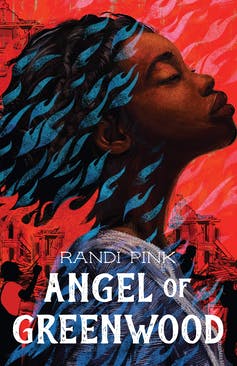
This historical fiction novel is—above all—about love in the 1921 Greenwood District of Tulsa, Oklahoma, that is often referred to as “Black Wall Street,” a Black community thriving apart from Jim Crow America.
Angel and Isaiah fall in love over books, debating Booker T. Washington and W.E.B. DuBois, days before white rioters burn 35 blocks of their home, killing hundreds. Pink centers love, literature and family in two-thirds of this novel, because love takes time.
2. ’A Song Below Water’ (2020) by Bethany C. Morrow
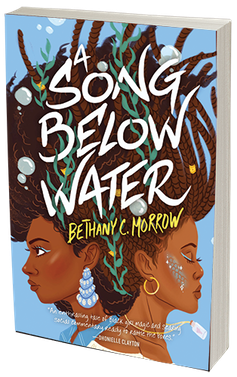
A story of fantastical characters is offered in this novel of magical realism narrated by two sisters: Tavia, who is learning to use her voice through song; and Effie, who performs as a mermaid at the local Renaissance fair.
Set in Portland, Oregon, with elokos—beings who captivate with melodies held in lockets—protective gargoyles and powerful sirens (some forced to wear silencing collars), Morrow confronts the present-day push to limit civil rights by interrogating discrimination, bias used to excuse harm and even hierarchy among creatures.
3. ‘Land of the Cranes’ (2020) by Aida Salazar
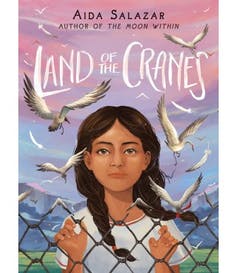
This novel – written in poetic form – is an act of activism as Salazar explores how terms like “illegal” can be weaponized and how anti-immigrant policies are the structures of racism.
In this story, a 9-year-old girl, Betita, and her pregnant mother are detained at the Mexican-U.S. border. While the main character is young, Betita is observant and wise, with caring parents who help her find courage and agency in ancestral stories.
4. ’Dragon Hoops’ (2020) by Gene Luen Yang
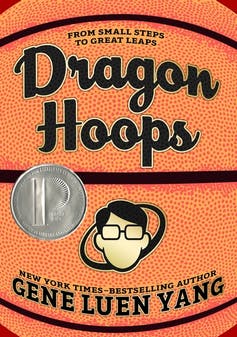
This graphic memoir captures in comics multiple story threads: an Oakland high school basketball program, a teacher contemplating leaving the classroom, the history of basketball and the emergence of basketball as a sport in China.
Through sarcasm and humor and a steep learning curve with basketball, Yang shares the joy of sports alongside subtle and overt racism.
5. ‘Hearts Unbroken’ (2020) by Cynthia Leitich Smith
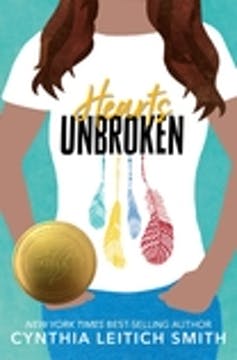
This realistic fiction novel won the American Indian Library Association’s Youth Literature Award. High school senior Louise is making sense of her Muscogee Nation heritage while competing for bylines in her school’s newspaper. When the school musical gets pushback in the mostly white, middle-class Kansas town for casting a nonwhite lead in “The Wizard of Oz,” Louise reports on the newly formed Parents Against Revisionist Theater.
Sarah J. Donovan’s professional interests include ethical, inclusive curriculum, methods, and assessment practices in secondary English classrooms. She is a former junior high English language arts teacher of fifteen years and an Assistant Professor of Secondary English Education at Oklahoma State University. She wrote Genocide Literature in Middle and Secondary Classrooms (2016) and the young adult novel, Alone Together (2018). She is a co-editor for the online journal Writers Who Care, and was the Books in Review columnist for The ALAN Review (2019). Sarah serves as a state representative and board member for The Assembly on Literature for Adolescents of NCTE (ALAN). Sarah is the founder of a blog and poetry writing community for teachers, Ethical ELA, and has contributed chapters to The Best Lesson Series (Talks with Teachers, 2018), Queer Adolescent Literature as a Complement to the English Language Arts Curriculum (Rowman & Littlefield, 2018), Moving Beyond Loss to Societal Grieving (Rowman & Littlefield, 2018), and Contending with Gun Violence in the English Language Classroom (Routledge, 2019).
Few issues in education spark more tension and debate than standardized testing. Are they a tool for equity or a burden on students? A necessary check on school systems or a flawed measure of...
Charter schools are public schools with a purpose. Operating independently from traditional school districts, they're tuition-free, open to all students, and publicly funded—but with more flexibility...
Despite the benefits of a diverse teaching force, prospective teachers of color fall out of our leaky preparation pipeline at every stage: preparation, hiring, induction, and retention. Here’s what...
Ed Post is the flagship website platform of brightbeam, a 501(c3) network of education activists and influencers demanding a better education and a brighter future for every child.
© 2020-2025 brightbeam. All rights reserved.
Leave a Comment